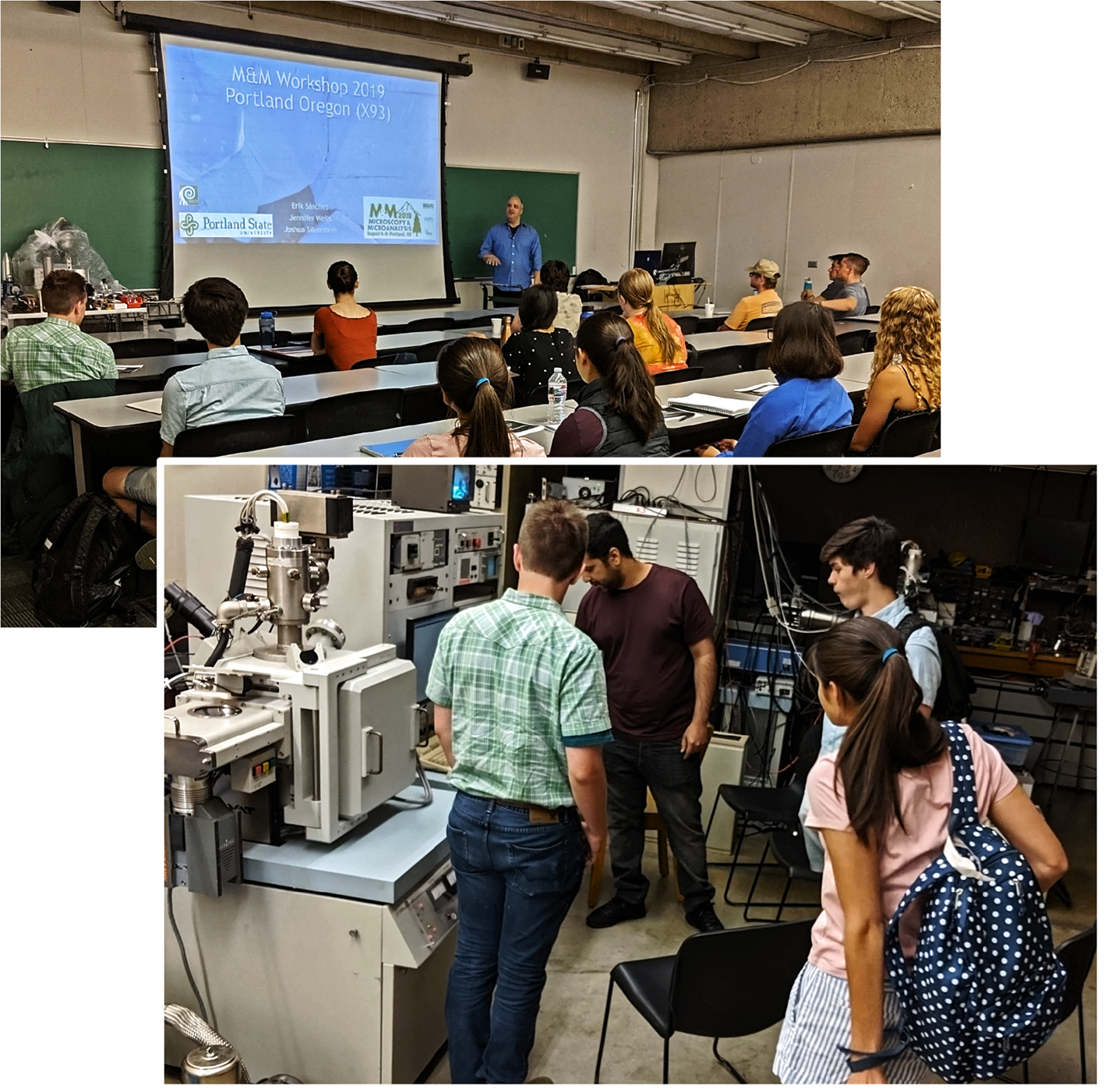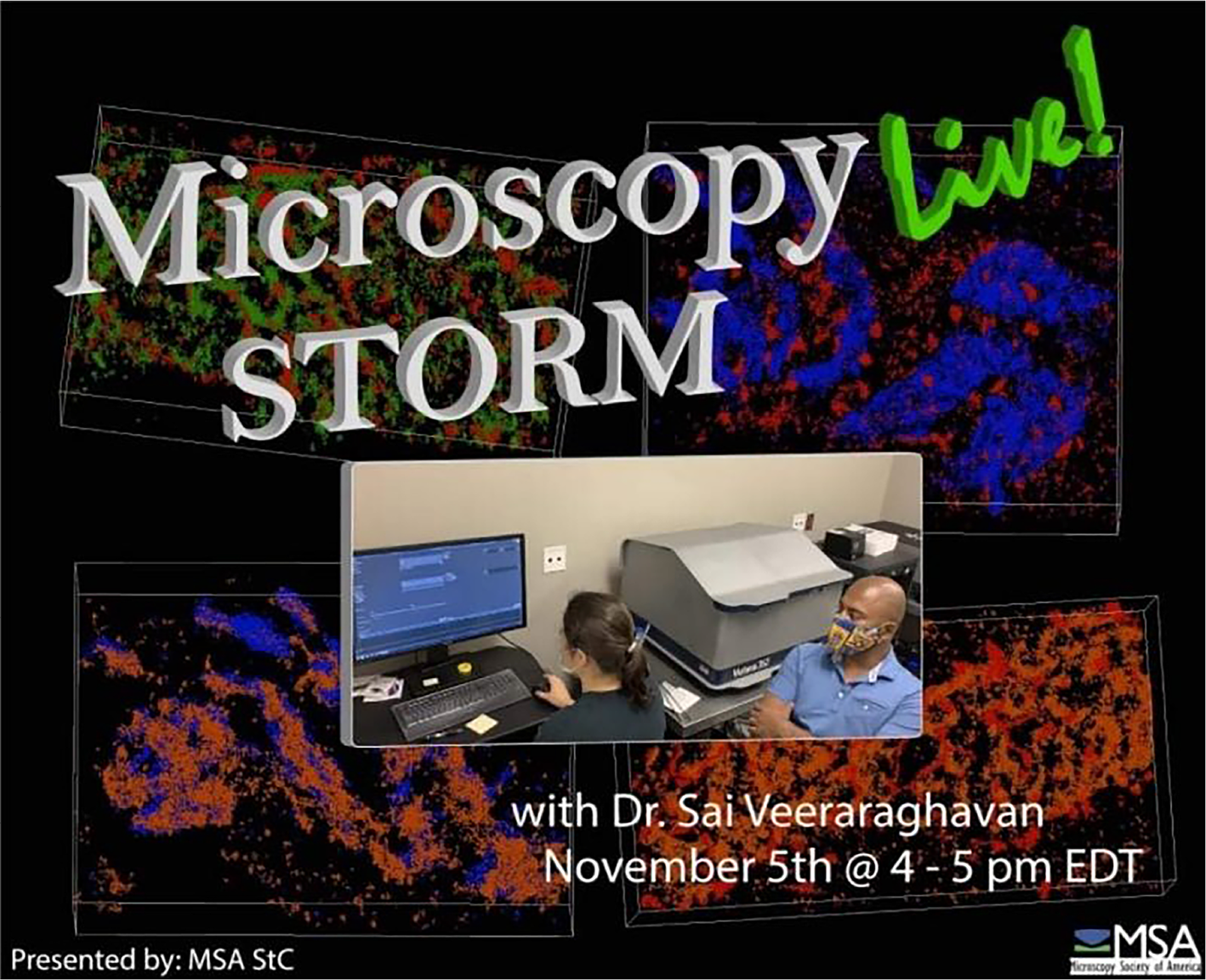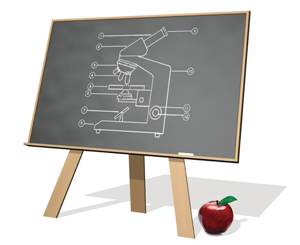“Equipped with our five senses, along with telescopes and microscopes and mass spectrometers and seismographs and magnetometers and particle accelerators and detectors across the electromagnetic spectrum, we explore the universe around us and call the adventure science.”
– Neil deGrasse Tyson, paraphrasing Edwin HubbleWriting of the Renaissance painter Andrea del Sarto, Robert Browning coined the immortal verse, “Ah, but a man's reach should exceed his grasp.” In these nine words, Browning captured the fundamental truth that the human being is a curious creature and aspirational by nature. Nowhere are these qualities so clearly expressed as they are in science and our relentless quest to explore, understand, and transform the universe around us. Browning's descriptions are certainly apt to our species, but they apply equally to the individual, a fact demonstrated in the clearest fashion by each and every child. Unique to our species is the ability to leverage these qualities. Through education we elevate our young upon the shoulders of giants that they may see farther than any of their forebears and discover lands undreamed of. Indeed, one could argue that scientific inquiry and the education of children have together shaped not just our civilization, but the very physical world we inhabit, thus birthing the Anthropocene epoch. In this context, the education of children, particularly in scientific inquiry, is no less powerful a force than evolution or plate tectonics. So potent a force, with which to determine the course of tomorrow, merits only our very best efforts.
Examples abound throughout the animal kingdom of tool building as a means to overcome physical limitations. In this regard, as in many others, we humans are just like every other animal, only more so. Microscopes embody this in the face of limitations and extend our vision into size scales and parts of the electromagnetic spectrum that lay beyond the reach of our meager sight. As scientific tools, their utility and impact are beyond question. They have revealed to us the physics of the atom and the biology of DNA (Figure 1). With their aid, we have discovered worlds unseen and have made superconductors and vaccines. Given their power to provoke wonder and awe in child and adult alike, microscopes are transformative as tools for education.

Figure 1: Electron micrographs showing individual atoms (top: atomic resolution scanning transmission electron microscopy imaging of perovskite oxide La0.7Sr0.3MnO3, using an annular dark field detector) and DNA (bottom: electron micrograph of decondensed chromatin from chicken erythrocytes).
Technological advances have rendered untrue the popular perception of microscopes as expensive, complicated, difficult, and inaccessible. Rather, we now have access to simple, low-cost, yet powerful microscopes that can fit within a child's pocket and can transform the classroom, the home, and the outdoors into investigative playgrounds. If utilized in this manner, microscopes can teach children to explore and inquire as a means of living, rather than just as part of “formal” education. They can bridge imagination with reality and break down artificial boundaries between different spheres of learning. The need for such approaches in education, especially at the K-12 level, is underscored by data identifying fear and intimidation as the critical barriers to progress [Reference Marder1]. Young students often view science, technology, engineering, and mathematics (STEM) as difficult, boring, and/or irrelevant, thus curtailing their natural enthusiasm [Reference Picha2,Reference Zubrzycki3]. And, these issues are particularly prevalent within underserved communities. Exploratory learning and early exposure to real-world problems, as is possible with the use of microscopes, can overcome these barriers, while encouraging curiosity, creativity, resilience, and passion in students [Reference Alfieri4–Reference Dean and Kuhn6]. In short, microscopes are an ideal tool to train the capable and curious citizens of tomorrow in unbounded, interdisciplinary thought, and there is a pressing need to make greater use of microscopes in education.
As a gathering place for leading minds that apply a myriad of microscopy tools to solve problems in the physical and biological sciences, the Microscopy Society of America (MSA) is ideally poised to help catalyze a revolution in STEM education through the greater adoption and utilization of microscopes. Indeed, this has been among MSA's goals since its inception in 1942. In addition to efforts toward improving microscopy education at the university level, MSA has consistently worked to bring microscopy to younger audiences in both informal (outreach) and formal (classroom learning) settings. Over the years, MSA has conducted microscopy outreach sessions, organized symposia for educators, and advised K-12 teachers throughout the United States on incorporating microscopes into the classroom. Around the turn of the millennium, these efforts culminated in Project MICRO (Microscopy In Curriculum – Research Outreach). As the leader of Project MICRO, MSA luminary Caroline Schooley, working with experienced science educators, produced a teacher's manual, Microscopic Explorations, published as part of the Lawrence Hall of Science Great Explorations in Math and Science (GEMS) series. Since then, MSA's education outreach efforts have grown in both variety and scale, thanks in large part to the financial support of MSA and enthusiastic involvement of the MSA Student Council.
Historically, the annual Microscopy & Microanalysis (M&M) conference, organized by MSA, has provided a convenient focal point for a variety of education and outreach efforts. Notable among these is Family Affair, a session where young students and their parents use light and electron microscopes to explore a wide range of biological and non-biological materials and complete activities from the Microscopic Explorations book. In 2018, M&M plenary speaker Manu Prakash introduced a new dimension to these sessions through a generous gift of Foldscope microscope kits, which are deceptively powerful light microscopes constructed mostly out of paper. Since then, Foldscope sessions at M&M, where participants assemble their own microscopes and use them to explore a variety of samples, have consistently drawn 80–100 participants, ranging in age from 5 to 75 (Figure 2). In parallel, the MSA Education-Outreach Committee has worked with industry partners exhibiting their cutting-edge microscopes at M&M to create unique experiences for our outreach session participants. For instance, the authors of this article witnessed the joy of an eight-year-old who got to control a tabletop scanning electron microscope using a video game controller to observe the structure of his own hair (Figure 3).

Figure 2: Children and adults alike enjoying the Foldscope session at M&M 2019.

Figure 3: A young Project MICRO participant operates an SEM using a video game controller during outreach sessions at M&M 2019.
Spurred on by the overwhelmingly positive responses to these efforts, Josh Silverstein conceived an ambitious venture to implement a multi-day Immersive Microscopy Workshop for K-12 and undergraduate students. This program was implemented at M&M 2019 (Aug 4–8, 2019; Portland, OR) through a partnership between the MSA Education-Outreach committee, Prof. Erik Sanchez (Portland State University), and Dr. Jennifer Wells (International Science and Engineering Fair (ISEF) Program Coordinator at West Linn Wilsonville School District, Wilsonville, OR). Twenty high school and undergraduate students spent a weekend (Aug 2–3, 2019) in Dr. Sanchez's lab at Portland State University gaining hands-on experience using cutting-edge and prototype electron microscopes (Figure 4). Following this, they attended sessions at M&M 2019, including platform sessions, with graduate student volunteers curating the experience for them. Among the sessions they attended were plenary talks by Drs. Joachim Frank and Richard Henderson, two of the three 2017 Laureates of the Nobel Prize in Chemistry “for developing cryo-electron microscopy.” Finally, high school student participants presented their scientific research projects during the regular poster session at M&M (Figure 5). The success of this venture is best exemplified by an email from a symposium participant: “I'm now more certain than ever that the life of a scientist is not only the one that I'm willing to dedicate myself to, but the only one that I can see as being worth pursuing … I'm ready to pursue this with everything I have.” Buoyed by this early success, the MSA Education-Outreach Committee proposed to continue and expand this Immersive Microscopy Workshop, a proposal supported by MSA through a Strategic Initiative Award in early 2020. However, the workshop, which had been planned to take place in Milwaukee, WI in conjunction with M&M 2020, had to be canceled due to the COVID-19 pandemic. We are presently working to revive and grow the program in future years.

Figure 4: Prof. Erik Sanchez delivering a brief seminar (top) and students working with prototype microscopes (bottom) at Portland State University as part of the immersive microscopy workshop experience at M&M 2019.

Figure 5: High school students presenting their science at M&M 2019 as part of the immersive microscopy workshop experience.
MSA's education outreach efforts have always extended beyond the annual M&M conferences. One important, if not always visible, form that these efforts take is advising K-12 teachers and parents on the most suitable microscopes to meet their educational needs within budget, and the best ways to utilize their capabilities. With growing involvement of the MSA Student Council and their Regional Liaisons, the MSA Education-Outreach Committee is working to implement a year-round program of microscopy outreach throughout the United States (and beyond). A shining example of such efforts comes in the form of the “Stoked for Scopes” program. Spearheaded by MSA Student Council members Ms. Heather Struckman (Doctoral student at The Ohio State University) and Dr. Cameron Varano (Research Assistant Professor, Pennsylvania State University), this program seeks to develop and implement microscopy-based STEM curricula for K-12 students as informal outreach sessions with the goal of integrating them into the formal K-12 classroom curricula. To achieve this, they are working in partnership with K-12 educators in Central Ohio with plans to expand the program nationwide. This venture has also received significant MSA support in the form of a second Strategic Initiative Award in early 2020.
In addition to direct outreach efforts, MSA has long pursued teacher training programs as an effective means to rapidly amplify the Society's reach and impact. To this end, since 2007 M&M has included a “Microscopy in the Classroom” symposium where K-12 educators can learn about the newest and most effective ways to use microscopes in education and connect with leading microscopists. However, the COVID-19 pandemic precluded plans for an in-person “Microscopy in the Classroom” symposium at M&M2020. Adapting to the new circumstances it was decided that the symposium should be implemented as a stand-alone virtual event open to the public. Thus, on October 14, 2020, the Education-Outreach Committee organized its first “Microscopy in the Classroom” virtual symposium featuring speakers from academia and industry from around the United States and from Europe. Following brief talks by speakers, a round-table discussion was held between the speakers, including responses to live audience questions. This allowed organizers to maximize the session's value for attendees and address available resources and best practices for incorporating microscopy into virtual learning programs. Based on the audience's enthusiasm and encouraging feedback, the Committee plans to organize further virtual events and continue to provide virtual access to future in-person “Microscopy in the Classroom” sessions.
Responding to the sudden and pressing need for distance learning resources and know-how created by the pandemic, the MSA Student Council has also kick-started a series of virtual events. One titled “Microscopy Live!” features live interactive demonstrations of cutting-edge microscopy techniques by expert users drawn from the MSA community. The first of these sessions was implemented across multiple open-access virtual platforms on November 5, 2020 and featured a demonstration of single molecule localization microscopy by Heather Struckman and Rengasayee Veeraraghavan (Figure 6). Once again, this event drew a strong and enthusiastic audience making for a highly interactive event. Capitalizing on the resulting momentum, the MSA Student Council organized an “Ask a Microscopist” webinar on November 19, 2020 featuring Drs. Paul Voyles (University of Wisconsin – Madison), Mariena Silvestry-Ramos (Cornell University), and Rengasayee Veeraraghavan (The Ohio State University). With expertise encompassing both light and electron microscopy and their applications to physical and biological sciences, the panelists responded to attendee questions on a wide range of technical and non-technical topics. In addition to addressing current needs, recordings of these virtual events remain available on-demand, serving as a valuable resource for future use. Thus, MSA and the Student Council are leading the way in responding to unprecedented demands created by the pandemic and are already looking to a future where we make the most of our newly developed content and know-how for virtual delivery.

Figure 6: Promotional image for the inaugural Microscopy Live! session organized by the MSA Student Council showing Ms. Struckman and Dr. Veeraraghavan operating a stochastic optical reconstruction microscope (STORM; center panel) and examples of single-molecule localization images generated by the Veeraraghavan lab.
To sum up, MSA is leading the charge for greater utilization of microscopes as tools for exploratory STEM learning at the K-12 level and beyond. Not only have MSA's education outreach programs rapidly adapted to the sudden emergence of pandemic-associated challenges in 2020, but they have grown in number and scope. This year has yielded ample evidence that microscopy-based exploratory learning meets the most pressing needs in STEM education. These experiences have also highlighted the value of connections that the MSA Education-Outreach Committee has developed with stakeholders in education from throughout the country. Going forward, we must coalesce and expand these connections into a nationwide network to promote microscopy-based exploratory STEM education at the K-12 level and beyond. We have long known that the keys to solving the greatest challenges facing humanity lie within the creative minds of our young. Microscopy affords us the means to provide them with an education that helps them realize that immeasurable potential.











